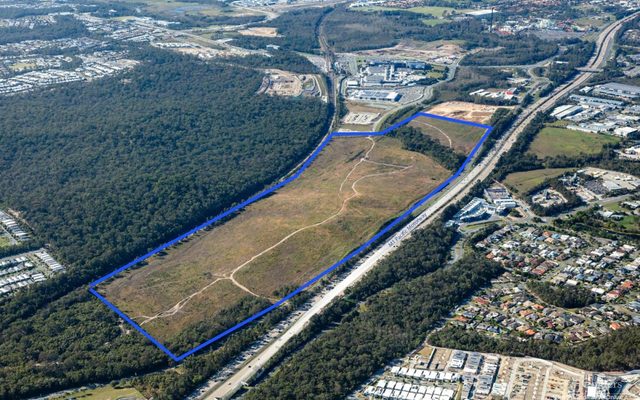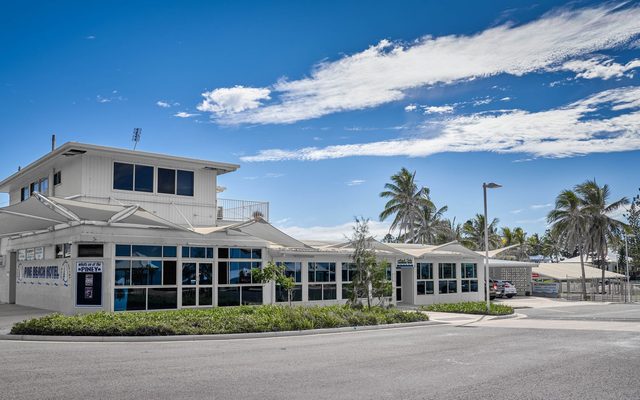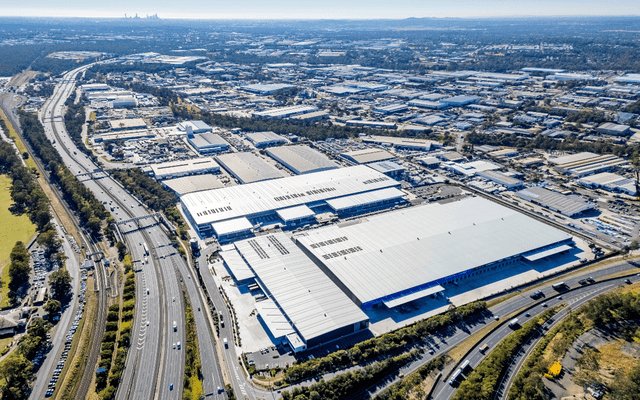This article is from the Australian Property Journal archive
THE New South Wales government is set to completely overhaul its current business and industrial zoning system, in hopes of greater economic reform.
As part of its Planning Reform Action Plan, the state government will replace its current 12 business and industrial zones with five employment zones, rather than attempt to make reforms to the existing planning system.
The action plan aims to create a more efficient and transparent system, in support of NSW’s recovery from the global pandemic.
“What we’ve learned through COVID is that businesses could be building engineering components one month then manufacturing hand sanitiser the next. This is why we need the system to be agile to support employment in our modern economy,” said Rob Stokes, minister for planning and public spaces.
The core zones will include E1 Local Centre, E2 Commercial Centre, E3 Productivity Support, E4 General Industrial and E5 Heavy Industrial.
E1 will include a range of retail businesses, entertainment and community uses that serve the surrounding local area.
E2 will consist of large-scale commercial, retail, business and service development, set in strategic centres.
E3 will have a mix of industrial, commercial, creative, warehousing and emerging industries that require a large floor space capacity.
E4 will have both light and general industrial and warehousing that provides urban services including waste management and concrete batching.
E5 will be reserved for hazardous industries and industries with odour and noise impacts, that need to be at a distance to other areas.
“Planning needs to focus more on how buildings look and perform and less on what people choose to do inside them,” added Stokes.
The government anticipates this move leading to economic reform, greater certainty for businesses and less red tape issues.
“Our state and local strategic plans have set a pathway for more innovative and productive businesses and industries to help drive our prosperity. This new framework makes it easier to achieve this goal,” said Stokes.
The new framework also includes an additional 97 mandated uses and new land use definitions to account for emerging sectors.




